25 Bold Lies People Were Told As Kids And Actually Believed

Every kid grows up believing a few outrageous “facts” that turn out to be complete nonsense. Remember being terrified that swallowing gum meant it would sit in your stomach for seven years?
Or that making a funny face for too long would leave you permanently stuck that way? Adults had a way of spinning the most ridiculous tales, and for some reason, we believed every single one of them.
Whether it was a well-meaning parent trying to keep you in line or an older sibling messing with you for fun, these little white lies shaped childhood in the most hilarious ways.
Looking back, it’s hard not to laugh at the things we once took so seriously.
1. Gum Takes Seven Years to Digest
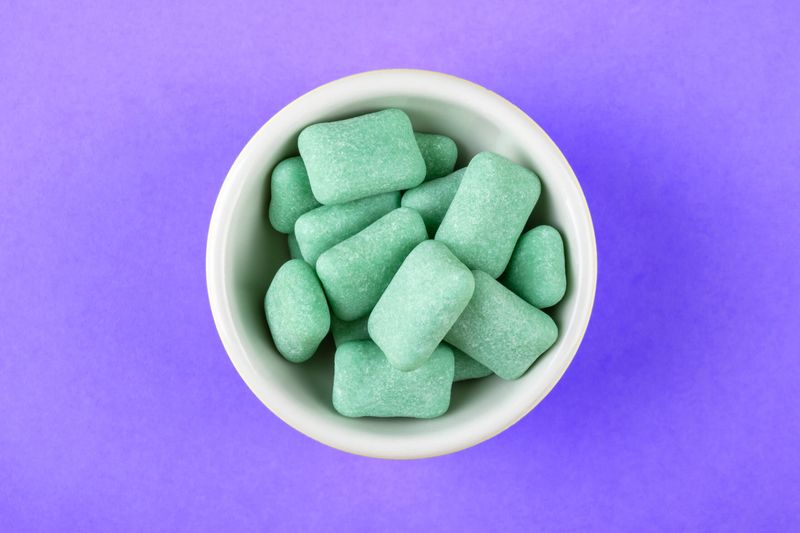
Who hasn’t been warned that swallowed gum will sit in your stomach for seven long years? This myth left kids fearing the accidental gulp during a bubble-blowing spree.
The idea was enough to conjure vivid images of gum creating a sticky web inside our tummies.
In reality, gum passes through our system just like anything else. But oh, the panic it caused!
This fib was surely told to prevent kids from turning into gum-chewing machines, rather than a biological truth. A classic kid-tale!
2. If You Cross Your Eyes, They’ll Stay That Way
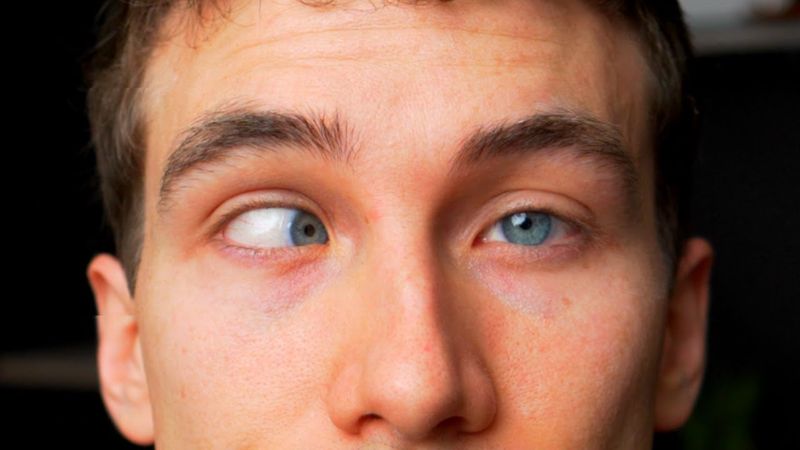
Parents often exclaimed that crossing your eyes would cement them in that position forever. Such a fate seemed terrifying, especially after a round of goofy face-making.
This tale surely stopped some kids mid-eye-cross, fearing permanent disfigurement. Yet, this story holds no water, as our eyes are far too resilient for such tricks.
It’s a light-hearted lie told to keep children from spending the day in crossed-eyed mischief. A classic parental exaggeration!
3. Eat Your Crusts, They Make Your Hair Curly
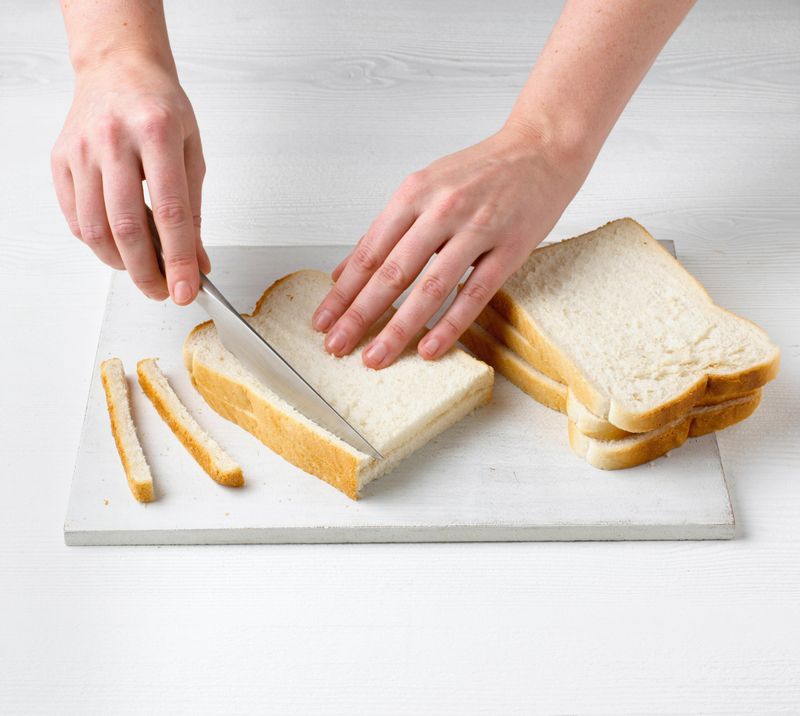
The promise of curly hair was an enticing lure for many kids faced with the dreaded bread crust. Tales of ringlets and waves sprouting from crust consumption were enough to turn noses up in interest.
Although crusts are nutritious, they don’t alter hair texture. Parents likely spun this yarn to avoid wasting bread.
Kids across the globe imagined waking up with curls galore, all thanks to crusty sacrifices. A whimsical fib with a nutritional twist, no doubt!
4. Chocolate Milk Comes from Brown Cows

The idea that chocolate milk flowed directly from brown cows seemed perfectly logical to young minds. Imagining a pasture of chocolate-dispensing cows was sweet enough to believe.
This tale likely sprouted from a playful desire to explain the magical beverage. While kids might enjoy the fantasy, chocolate milk is a delightful blend of ingredients rather than a bovine gift.
Still, the vision of brown cows as nature’s chocolate fountains is a charming story cherished by many.
5. Swallowed Watermelon Seeds Grow in Your Stomach
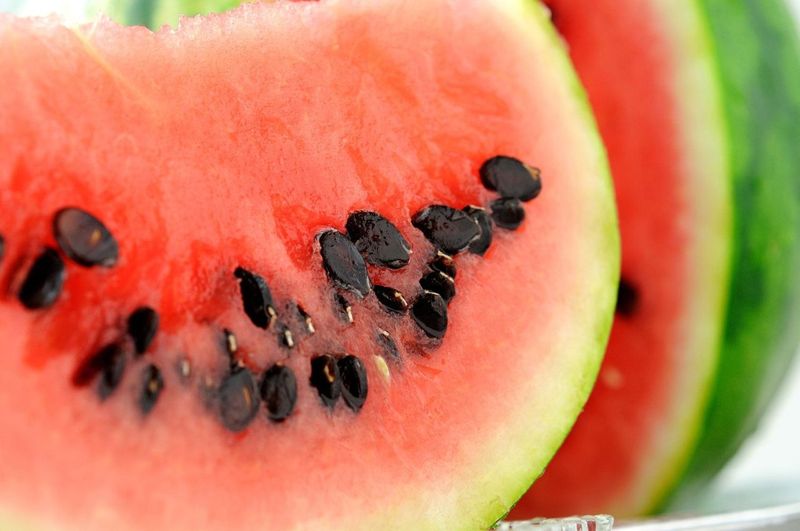
The fear of a watermelon vine taking root inside your belly was enough to deter seed-swallowing shenanigans. This whimsical idea had kids picturing vines sprawling from their ears overnight.
In truth, seeds pass through harmlessly, but the vivid imagery stuck with many. This tall tale likely survived to teach seed-swallowing caution with a laugh.
Though ridiculous, it’s a story fondly remembered for sparking wild imaginations. A fruity myth that lives on in childhood lore!
6. Sitting Too Close to the TV Will Ruin Your Eyes
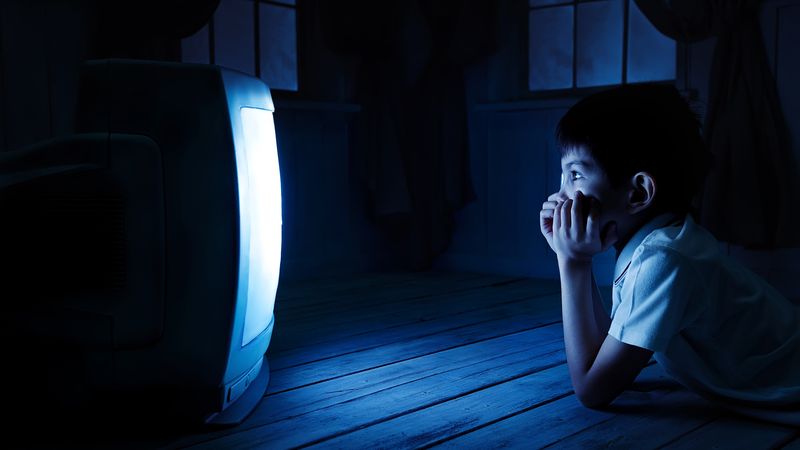
Warnings about televisions turning our eyes into scrambled eggs were a common refrain. Kids were urged to back away before becoming visually impaired.
While excessive screen time isn’t ideal, sitting close won’t permanently harm eyes. This tale was a parental attempt to prevent kids from morphing into TV zombies, rather than a medical fact.
Despite the fib, it encouraged healthier viewing habits. A tale of caution wrapped in exaggeration, and an early lesson in moderation!
7. The Tooth Fairy Uses Teeth to Build Her Castle
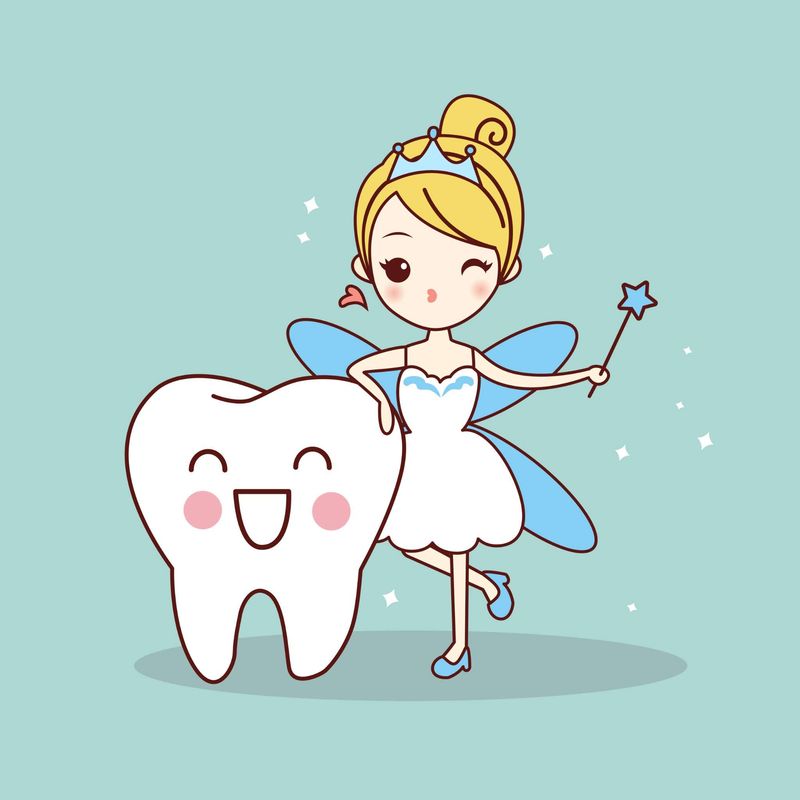
The Tooth Fairy’s mythical castle, built from lost teeth, captivated imaginations. Kids envisioned a sparkling fortress growing with each tooth they tucked under pillows.
This concept added magic to the ritual of losing teeth, making the Tooth Fairy’s nightly visits even more exciting.
While it’s a delightful fantasy, the true purpose was to make losing teeth less daunting. A charming tale that turns a mundane milestone into a magical event full of wonder and excitement!
8. Cracking Knuckles Causes Arthritis

The ominous threat of arthritis loomed over every snap and pop of knuckles. Kids were cautioned against this habit, fearing creaky joints in old age.
In reality, cracking knuckles doesn’t cause arthritis but may annoy those nearby. This tall tale was likely invented to halt the incessant popping sounds echoing through households.
A humorous fib intended to curb an irritating habit, rather than a health warning. An enduring myth that still echoes in many homes!
9. If You Swallow a Penny, It Will Stay in Your Stomach Forever
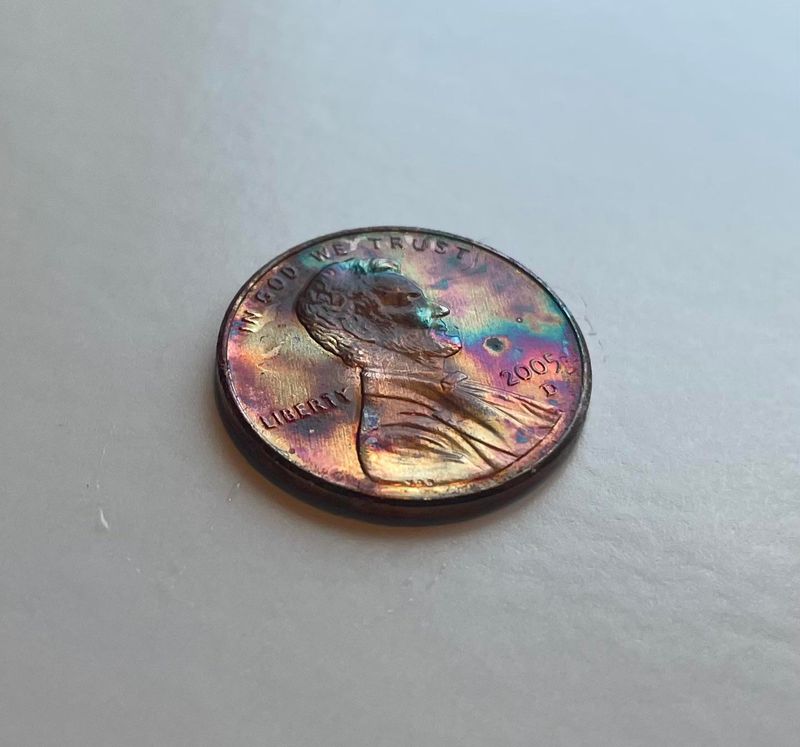
The terror of a swallowed penny languishing for eternity in your belly was enough to deter many playful swallowers. Kids often pictured coins jangling around inside.
In truth, a penny usually passes through the digestive system harmlessly. This story was likely crafted to prevent kids from putting loose change in their mouths.
While amusing, it’s a tale more about safety than digestion, keeping kids from pocketing their lunch money in the literal sense!
10. Car Interior Lights Are Illegal to Use While Driving

The mystery of car interior lights being illegal added a cloak of intrigue to night-time drives. Kids were often told using these lights would land parents in hot water with the law.
While potentially distracting, it’s not illegal to flick on the light. This tale likely stemmed from parents wanting to avoid distractions, wrapped in a more exciting narrative.
Despite the fib, it encouraged kids to keep their focus forward, making this a lesson in safety cloaked in imagination!
11. Fish Have Short Memories, So It’s Okay to Keep Them in Small Tanks
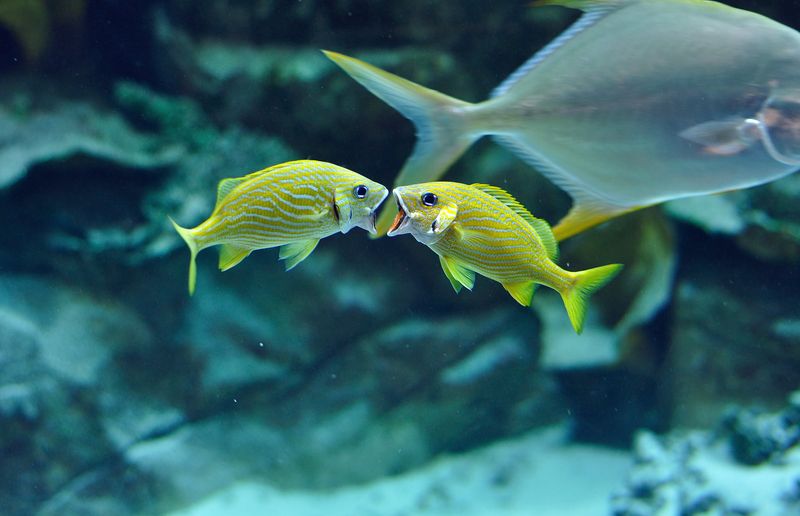
The notion that fish forget everything in three seconds made it seem okay to keep them in tiny homes. Kids imagined fish looping blissfully unaware through their watery worlds.
However, this isn’t true; fish can remember things like feeding times and environments. This tale likely excused cramped tanks but doesn’t reflect a fish’s true experience.
A myth that swam around for years, shedding light on the importance of proper pet care and understanding!
12. Sugar Makes Kids Hyperactive
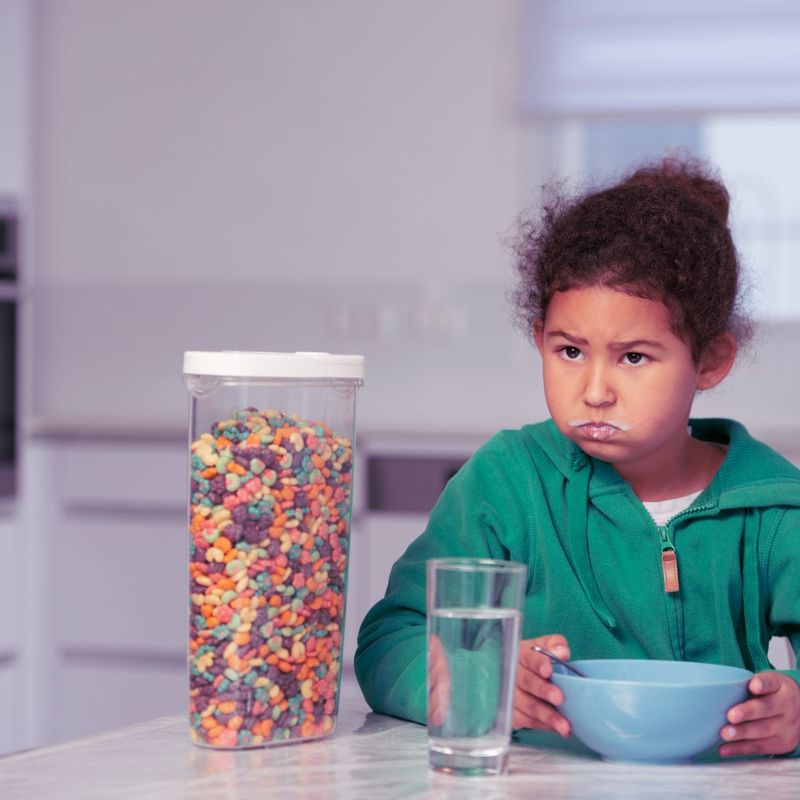
The myth of sugar turning kids into hyperactive whirlwinds is well-known. After a sugary treat, parents braced for a frenzy of energy.
Surprisingly, studies show no direct link between sugar and hyperactivity. While sweets are delightful, this myth is more about perception than reality.
The tale served as a dietary deterrent, encouraging moderation. Despite being debunked, it remains a widely believed story, illustrating how easily myths take root around everyday habits!
13. Goldfish Only Have a Three-Second Memory
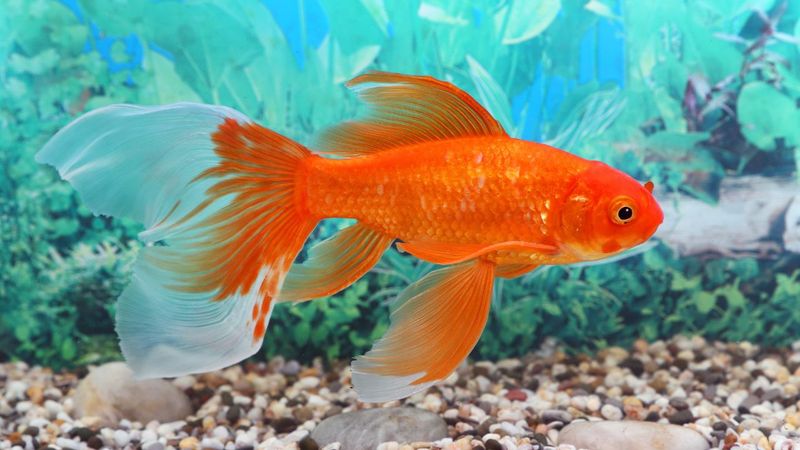
The claim that goldfish live in a perpetual state of forgetfulness is a commonly told tale. Kids found comfort in the idea of goldfish forgetting their tiny surroundings every few seconds.
Yet, goldfish have decent memories, able to learn routines and recognize their humans. This myth likely justified small bowls but doesn’t honor a fish’s life.
A story that prompts discussions about animal care, reminding kids that pets need thoughtful environments and respect!
14. If You Make a Face, the Wind Will Change and It Will Stick That Way

The warning that faces could freeze in the wind was a playful cautionary tale. Kids were warned mid-face-pull, imagining windswept expressions stuck forever.
In reality, faces won’t freeze, but this myth served as a deterrent against excessive silliness during breezy days. It’s a tale of whimsy, encouraging kids to enjoy the wind with caution.
A humorous yarn that highlights the creativity of parental warnings, ensuring a balance between fun and decorum!
15. You Must Wait an Hour After Eating to Swim

The dreaded one-hour wait after eating before swimming was a widely accepted rule. Kids sat at the water’s edge, eyes on the clock, imagining cramps dragging them under.
However, this waiting rule isn’t backed by science. It’s more about parental caution than aquatic dangers. Still, it encouraged mindful swimming and digestion, blending safety with myth.
A story that taught patience and care, even if the science doesn’t support the cautionary tradition!
16. Hair Grows Back Thicker After Being Cut

The belief that cutting hair would make it return thicker was a common reassurance during haircut protests. Many kids dreaded haircuts, fearing drastic changes.
However, hair doesn’t grow back thicker; it’s a comforting myth for reluctant haircut recipients. The story likely soothed haircut anxieties, painting a picture of lush locks post-trim.
A tale that turned routine grooming into a promise of hair bounty, even if reality tells a different story!
17. Step on a Crack, Break Your Mother’s Back

The playground rhyme that cracks could harm mothers added a layer of thrill to sidewalk strolls. Kids hopped over cracks, believing in the superstition’s power.
While it’s a catchy rhyme, stepping on cracks doesn’t affect moms. This tale adds a dash of fun to walks, sparking debates about superstitions.
A story that adds playful intrigue to mundane paths, reminding kids of the magic in everyday moments!
18. A Stork Delivers Babies
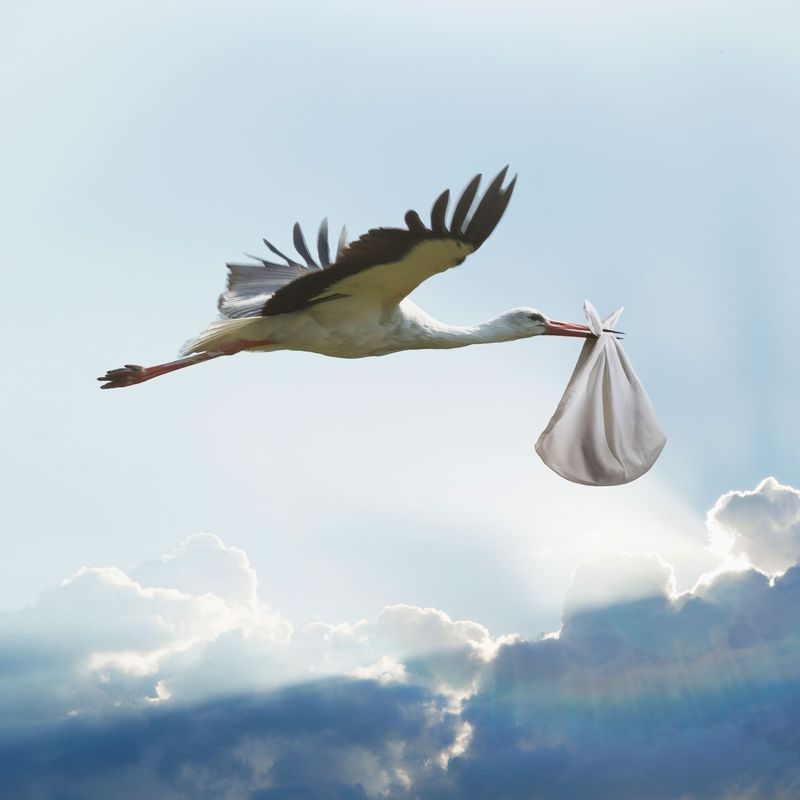
The stork story provided a charming explanation for where babies come from. Kids envisioned these majestic birds delivering newborns to doorsteps with precision.
This tale sidesteps more complex discussions, wrapping biology in fantasy. While not factual, it’s a gentle introduction to life’s mysteries.
A story that allows kids to explore family origins with innocent wonder, keeping life’s truths at bay for just a bit longer!
19. If You Swallow Gum, Your Intestines Will Stick Together
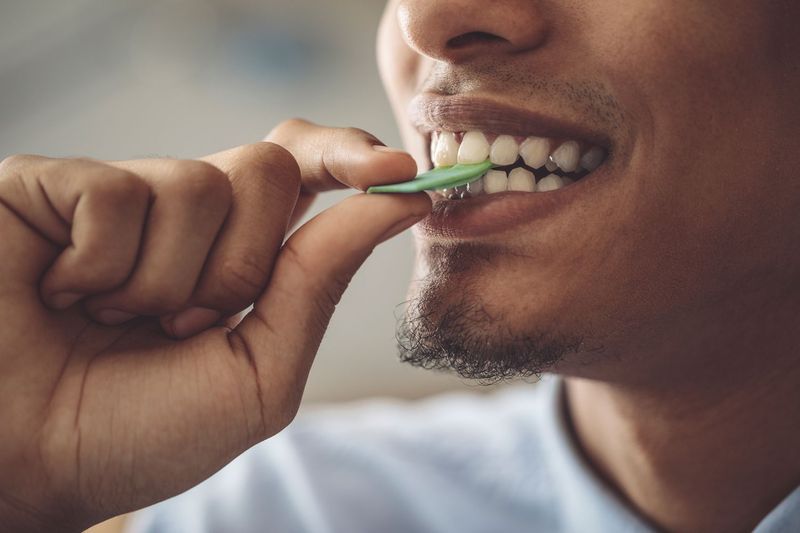
The fear of gum gumming up the works inside was a widespread myth. Kids chewed cautiously, fearing internal chaos if swallowed.
In reality, gum passes through without sticking around. This tall tale likely discouraged swallowing gum rather than warning of digestive disasters.
A quirky story that emphasizes mindful chewing without sticky consequences, spinning a web of caution that’s stuck with many!
20. You Only Use 10% of Your Brain
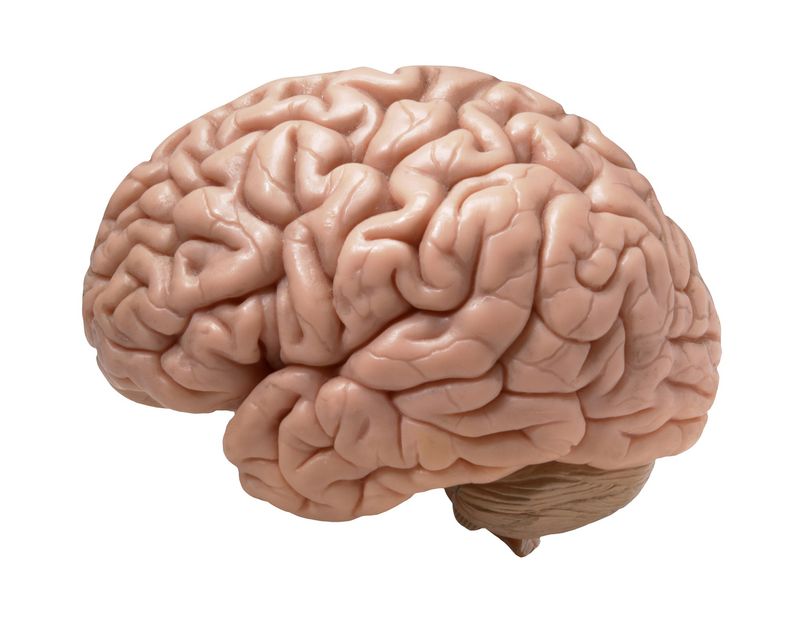
The notion that most of the brain lies dormant was intriguing to young minds. Kids wondered what untapped potential lurked within.
However, this myth doesn’t hold up; we use much more of our brains. This tale sparked imaginations about hidden abilities, despite its inaccuracy.
This myth made kids ponder possibilities, even if it oversimplified one of science’s most complex organs!
21. Carrots Improve Your Eyesight
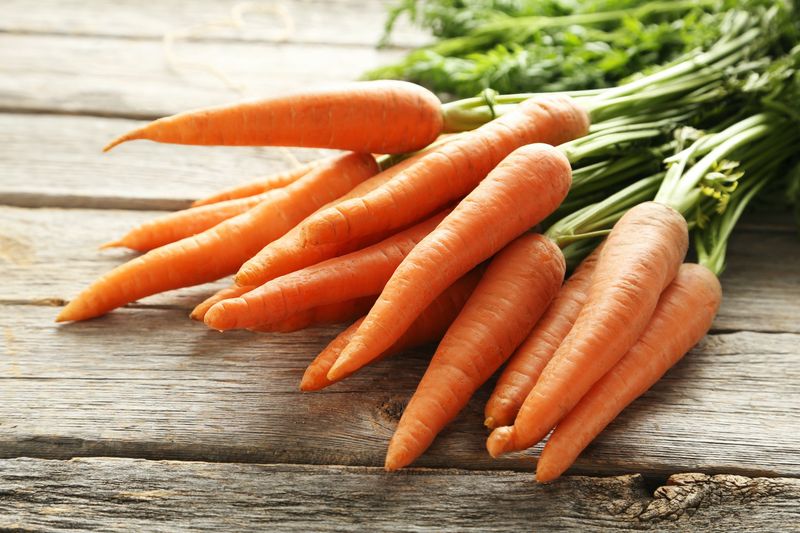
The promise of eagle-eye vision from carrots is a well-loved tale. Kids crunched away, expecting to see the world in high definition.
While carrots do contain vitamin A, crucial for eye health, they don’t grant superpowers.
This story likely encouraged veggie consumption through imagination.
22. Santa Claus Knows If You’re Naughty or Nice

The belief in Santa’s omniscient list kept kids on their best behavior, hoping for rewards come Christmas morning. Kids imagined Santa’s watchful eye catching every naughty deed.
This story combines magic and morality, encouraging good behavior through festive fun.
While Santa’s surveillance isn’t real, the tale fosters holiday spirit and a sense of wonder, blending imagination with life lessons. A cherished story that adds sparkle to the season!
23. If You Lick a Toad, You Will Get Warts
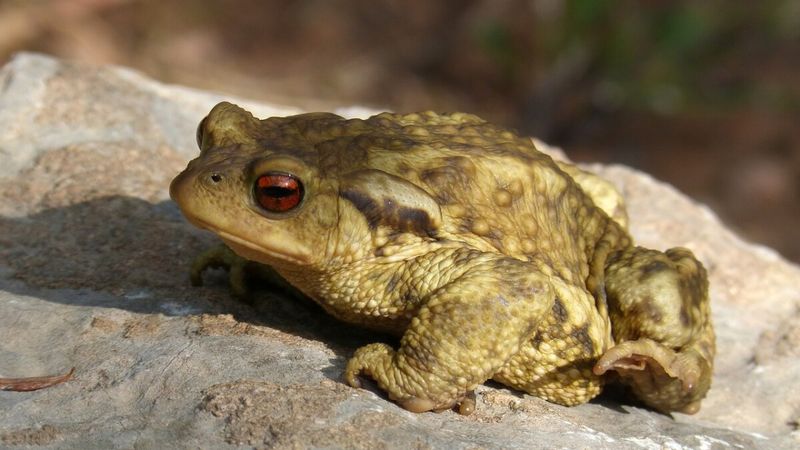
The warning about toad-induced warts deterred many a curious child. Kids feared bumpy skin after a daring toad interaction.
Warts actually come from viruses, not toads. This tale cautioned against toad-licking curiosity rather than offering dermatological advice.
This myth added a touch of magic to the natural world, blending caution with whimsy, and leaving kids with a memorable lesson in handling wildlife!
24. If You Eat Your Spinach, You’ll Grow Big and Strong Like Popeye
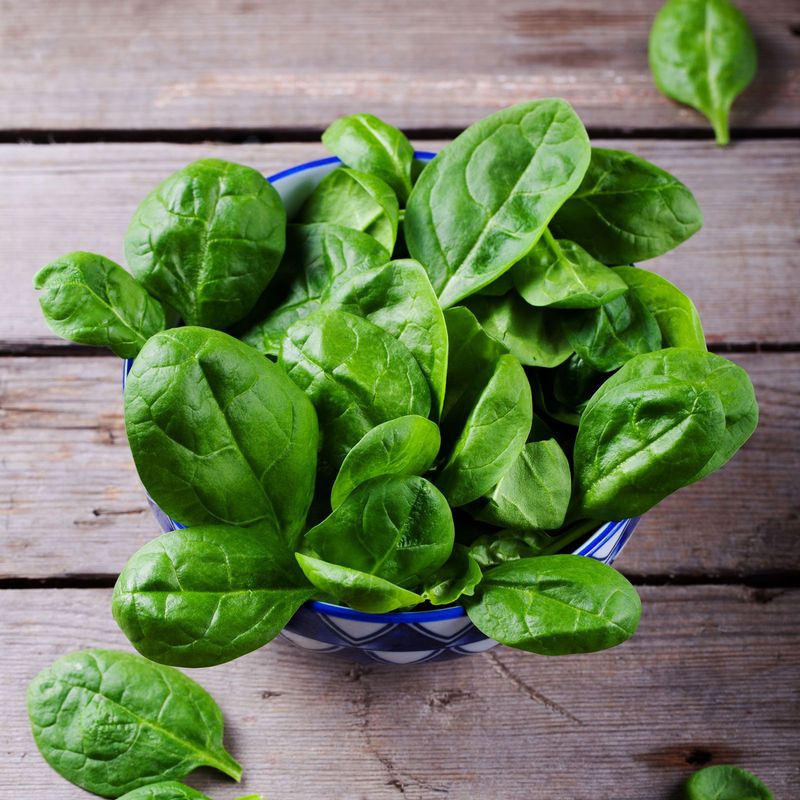
The image of spinach-fueled strength was popularized by cartoons. Kids ate their greens, dreaming of instant muscles like their animated hero.
Spinach is nutritious, but it’s not a miracle muscle-maker. This tale encouraged healthy eating habits through larger-than-life imagery.
A story that leveraged animation to promote nutrition, turning ordinary meals into heroic feasts, even if real muscles take more than just a can of greens!
